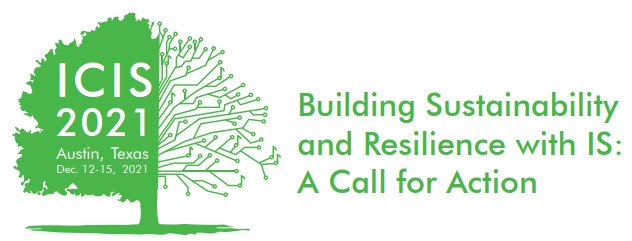Loading...
Paper Number
2277
Paper Type
Completed
Description
Facilitated by Artificial Intelligence technology, cognitive automation means to front and back offices what the pervasive automation through physical machinery and robots meant to production plants. Thus, we can automate tasks and processes that were unimaginable to be automated one decade ago. However, organizational adoption of cognitive automation is way below its possibilities, as this novel class of automation technology is perceived to be risky by organizations. This demands structured approaches for assessing the suitability of use cases for cognitive automation. Following the Design Science Research paradigm, we develop a method for assessing cognitive automation use cases. This enables practitioners to make more informed decisions on selecting, specifying, and embedding cognitive automation use cases in their organizations. For researchers, the method serves as a conceptual frame, which they can adapt to guide their empirical research or to use it for developing future decision support to shape the future of work.
Recommended Citation
Engel, Christian; Elshan, Edona; and Ebel, Philipp, "Moving Beyond Rule-Based Automation: A Method for Assessing Cognitive Automation Use Cases" (2021). ICIS 2021 Proceedings. 19.
https://aisel.aisnet.org/icis2021/is_future_work/is_future_work/19
Moving Beyond Rule-Based Automation: A Method for Assessing Cognitive Automation Use Cases
Facilitated by Artificial Intelligence technology, cognitive automation means to front and back offices what the pervasive automation through physical machinery and robots meant to production plants. Thus, we can automate tasks and processes that were unimaginable to be automated one decade ago. However, organizational adoption of cognitive automation is way below its possibilities, as this novel class of automation technology is perceived to be risky by organizations. This demands structured approaches for assessing the suitability of use cases for cognitive automation. Following the Design Science Research paradigm, we develop a method for assessing cognitive automation use cases. This enables practitioners to make more informed decisions on selecting, specifying, and embedding cognitive automation use cases in their organizations. For researchers, the method serves as a conceptual frame, which they can adapt to guide their empirical research or to use it for developing future decision support to shape the future of work.
When commenting on articles, please be friendly, welcoming, respectful and abide by the AIS eLibrary Discussion Thread Code of Conduct posted here.



Comments
05-Work